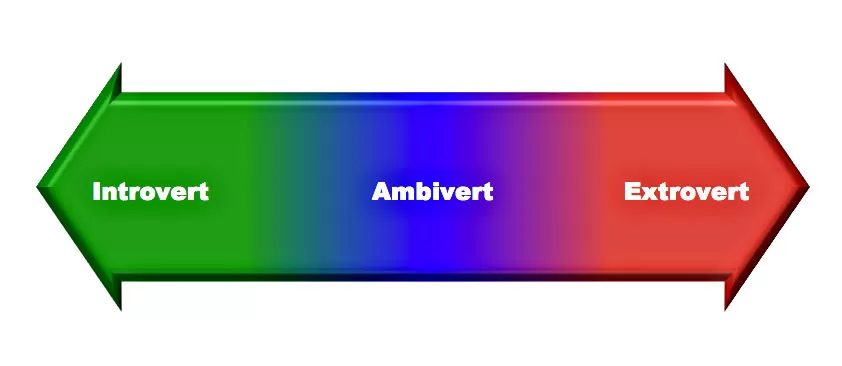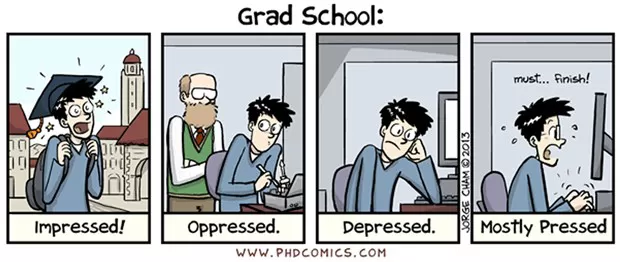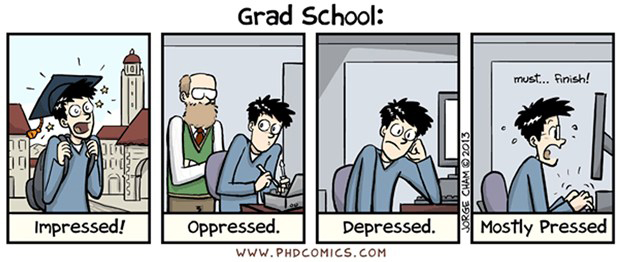MD/PhD: Is it Right for You?
A few weeks ago, OITE hosted NIH’s Graduate & Professional School Fair. One of the sessions focused on MD/PhD programs and how to decide whether it is the right program for you. If you missed it, the presentation can be found online.
The goal of most MD/PhD programs is to create physician-scientists who aim to spend about 80% of their time on research and 20% of their time on clinical care. Most MD/PhD programs are training you to enter research-oriented careers. If you have no interest in research, an MD/PhD might not be the best fit for you. Remember also that MD physicians can conduct research and many MDs pursue research fellowships during their training. Many MD/PhD applicants falsely believe that they will spend about half of their time in the lab and half of their time in the clinic. This is not true until maybe fifteen or so years into your career.
So, how can you decide? First and foremost, allow yourself ample time to gather information in order to make this decision. Before undertaking any further education, it is extremely important for you to consider your own interests and career plans.
Is doing translational research and making discoveries really important to you? If yes, perhaps you are leaning toward an MD/PhD. Are you more drawn to basic research and the idea of running a lab within the biological science field? If yes, perhaps you are leaning toward a PhD. Or maybe you are most interested in working with people in a clinical setting? If so, an MD or other medical training program might be the best fit for your long-term career plans.
Many prospective applicants wonder whether an MD/PhD is worth it for them. Some big considerations are the financial and time commitments. On one hand, an MD/PhD program is longer and generally takes seven to eight years to complete. However, on the upside, they are generally pretty well-funded. Another consideration is the level of competition. Medical school is difficult to get into and MD/PhD programs are even tougher. There are approximately 20,000 MD students and 600 MD/PhD students. These statistics aren’t meant to deter, but rather to highlight that MD/PhD students are a unique group. It is important to be focused yet realistic. Ultimately, your path will be decided through a mix of your interests, motivations and aptitudes.
The AAMC has a lot of resources about MD/PhD programs and they have even compiled a list of frequently asked questions. It is definitely worth checking out here. However, it can often be helpful to talk through your options with mentors or advisors. Do informational interviews with people who have an MD/PhD to see if this would be the right fit for you. If you are at the NIH, you can also meet with medical/graduate school advisors or career counselors within OITE.







